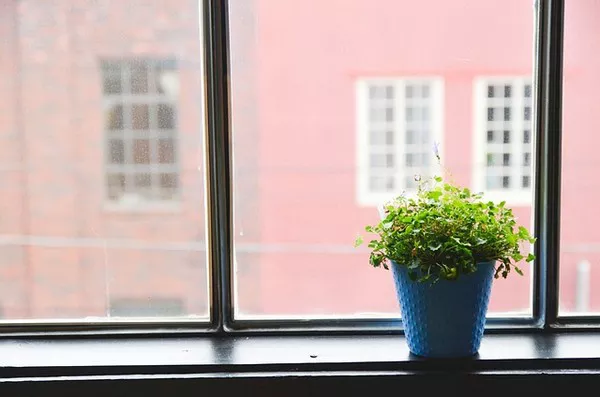Planting flower seeds in the ground is a rewarding and enjoyable activity that allows gardeners to witness the transformation of tiny seeds into vibrant blooms. Whether you are a seasoned gardener or a novice, the process of planting flower seeds involves careful planning, proper preparation, and attention to detail. In this comprehensive guide, we will explore the essential steps to ensure successful germination and the growth of beautiful flowers in your garden.
Choose the Right Seeds:
Before diving into the planting process, it’s crucial to choose the right flower seeds for your garden. Consider factors such as your local climate, soil type, and the amount of sunlight your garden receives. Some flowers thrive in full sun, while others prefer partial shade. Additionally, be mindful of the growing season and select seeds that are suitable for the time of year you plan to plant.
Prepare the Soil:
Preparing the soil is a critical step in ensuring the success of your flower seeds. Start by clearing the planting area of any debris, weeds, or rocks. Loosen the soil using a garden fork or tiller to improve aeration and drainage. If your soil is compacted, consider adding organic matter such as compost or well-rotted manure to enhance fertility.
Test the Soil:
A soil test can provide valuable insights into the nutrient levels and pH of your soil. Most flowers thrive in a slightly acidic to neutral pH range. Adjust the soil pH if necessary by adding lime to raise pH or sulfur to lower it. Understanding your soil’s nutrient composition allows you to tailor your fertilization strategy, promoting optimal seed germination and plant growth.
Create Planting Rows or Beds:
Organize your garden space by creating planting rows or beds. This not only helps maintain a neat and organized appearance but also facilitates proper spacing between plants. Adequate spacing ensures that each flower receives the necessary nutrients and sunlight for healthy development. Follow the recommended spacing guidelines provided on the seed packet for each specific flower variety.
Plant at the Right Depth:
Different flower seeds have varying planting depth requirements. As a general rule, smaller seeds are planted shallower than larger ones. Refer to the seed packet for specific instructions on the recommended planting depth. Use a trowel or your fingers to create small furrows or holes in the soil, placing the seeds at the appropriate depth. Cover the seeds with soil and gently pat them down to ensure good soil-to-seed contact.
Watering:
Proper watering is essential for the germination and early growth of flower seeds. Water the planting area thoroughly immediately after sowing the seeds. Use a gentle spray or a watering can with a fine rose attachment to avoid displacing the seeds. Keep the soil consistently moist until the seedlings emerge. Once the seedlings are established, adjust your watering schedule based on the specific water requirements of the flower varieties you’ve planted.
Mulch to Conserve Moisture:
Applying a layer of organic mulch, such as straw or shredded bark, helps conserve soil moisture, suppress weeds, and regulate soil temperature. Spread a thin layer of mulch over the planting area, leaving space around the emerging seedlings. Mulching also provides a protective barrier that shields the soil and seeds from erosion caused by heavy rainfall.
Provide Adequate Sunlight:
Most flowering plants require ample sunlight to thrive. Ensure that your garden receives the appropriate amount of sunlight based on the sunlight requirements of the selected flower varieties. If your garden has shaded areas, choose flowers that are well-suited to partial shade conditions. Adequate sunlight is crucial for photosynthesis, which is essential for the development of healthy plants and vibrant blooms.
Thin Seedlings as Needed:
As the seedlings emerge and grow, it’s important to thin them to ensure proper spacing and prevent overcrowding. Overcrowded plants compete for nutrients, sunlight, and water, leading to weaker and less vigorous growth. Follow the recommended spacing guidelines on the seed packet, and carefully remove excess seedlings, leaving only the strongest and healthiest ones in each planting area.
Fertilize Wisely:
While the initial soil preparation with organic matter provides essential nutrients, flowering plants benefit from periodic fertilization throughout the growing season. Use a balanced, water-soluble fertilizer to supplement the soil and promote healthy growth. Follow the recommended application rates on the fertilizer packaging, and avoid over-fertilizing, as this can lead to excessive foliage growth at the expense of flower production.
See Also What Annual Flowers Do Deer Not Eat
Conclusion:
Planting flower seeds in the ground is a fulfilling endeavor that transforms a patch of soil into a vibrant and colorful garden. By carefully selecting the right seeds, preparing the soil, and providing proper care, you can enjoy the beauty of blooming flowers in your outdoor space. Remember to tailor your approach to the specific needs of the flower varieties you choose, and stay attentive to factors such as watering, sunlight, and fertilization. With dedication and a bit of patience, you’ll be rewarded with a garden that bursts with life and color. Happy gardening!


